Home>Furniture & Design>Interior Design Trends>How To Break Thick Glass


Interior Design Trends
How To Break Thick Glass
Modified: March 25, 2024
Discover the latest interior design trends for breaking thick glass effortlessly. Learn expert tips and techniques for a stylish and functional space.
(Many of the links in this article redirect to a specific reviewed product. Your purchase of these products through affiliate links helps to generate commission for Storables.com, at no extra cost. Learn more)
Introduction
Breaking thick glass may seem like a daunting task, but with the right tools, techniques, and precautions, it can be accomplished safely and effectively. Whether you are a DIY enthusiast, a professional glassworker, or simply faced with the need to break thick glass, understanding the process is crucial for a successful outcome.
In this comprehensive guide, we will delve into the intricacies of breaking thick glass, providing you with valuable insights and step-by-step instructions. From understanding the properties of thick glass to identifying the essential tools and materials, we will cover every aspect to equip you with the knowledge and confidence to tackle this challenging task.
By the end of this guide, you will have a clear understanding of the methods used to break thick glass, the safety precautions necessary to protect yourself and others, and the step-by-step process to achieve a clean and precise break. So, let's embark on this enlightening journey to unravel the art of breaking thick glass and empower ourselves with the expertise needed to handle this task with finesse.
Key Takeaways:
- Breaking thick glass requires precision, safety precautions, and the right tools. Understanding the properties of thick glass and following a step-by-step process are crucial for a successful outcome.
- Prioritize safety when working with thick glass. From protective gear to workspace preparation, following comprehensive safety measures creates a secure environment for breaking thick glass.
Read more: How To Break Glass Cleanly
Understanding Thick Glass
Thick glass, known for its durability and strength, is commonly used in various applications such as windows, doors, tabletops, and aquariums. Understanding the properties of thick glass is essential before attempting to break it. Unlike standard glass, which is relatively thin and more prone to shattering, thick glass presents unique challenges due to its density and resilience.
Thick glass is typically defined as glass that exceeds a certain thickness, often ranging from 6mm to several inches. Its increased thickness contributes to its robustness, making it suitable for applications requiring enhanced durability and resistance to breakage. The manufacturing process of thick glass involves controlled cooling, which results in a higher degree of internal stress, further enhancing its strength.
Moreover, the composition of thick glass, which may include additives to modify its properties, contributes to its distinct characteristics. Borosilicate glass, for instance, is renowned for its exceptional thermal resistance and is commonly used in laboratory equipment and cookware. On the other hand, tempered glass undergoes a specialized heat treatment process, resulting in increased strength and safety features, making it ideal for architectural and automotive applications.
Understanding the specific type of thick glass you are working with is crucial, as different compositions and treatments may influence the best approach for breaking it. Additionally, the structural integrity of thick glass demands careful consideration, as improper techniques can lead to unpredictable and hazardous outcomes.
In the next section, we will explore the essential tools and materials required for breaking thick glass, providing you with a comprehensive understanding of the resources needed to undertake this task effectively.
Tools and Materials Needed
When it comes to breaking thick glass, having the right tools and materials is paramount to ensure a safe and successful outcome. The following list encompasses the essential items required to effectively tackle the task of breaking thick glass:
1. Glass Cutter:
A high-quality glass cutter is indispensable for scoring the surface of the thick glass. Tungsten carbide wheel cutters are recommended for their durability and precision. These cutters are designed to create a controlled score line on the glass, facilitating a clean break along the intended path.
2. Lubricant:
Using a lubricant such as cutting oil or kerosene is crucial for reducing friction and heat during the cutting process. This helps to maintain the integrity of the score line and prevents the glass from cracking prematurely.
Read more: How Thick Is Bulletproof Glass
3. Straight Edge:
A sturdy straight edge, such as a metal ruler or a T-square, is essential for guiding the glass cutter along a straight path. This ensures that the score line is uniform and accurately aligned according to the desired cutting pattern.
4. Safety Glasses and Gloves:
Prioritizing safety is imperative when working with thick glass. Protective eyewear and gloves are essential to shield against potential shards and splinters. Safety glasses with side shields provide comprehensive eye protection, while cut-resistant gloves offer added safety during handling.
5. Glass Breaking Pliers:
Glass breaking pliers, also known as running pliers, are designed to apply controlled pressure along the scored line, inducing a clean break in the glass. These specialized pliers feature adjustable jaws to accommodate various glass thicknesses, enabling precise breaking without exerting excessive force.
6. Work Surface:
A stable and flat work surface is necessary to support the glass during the cutting and breaking process. A dedicated glass-cutting table or a smooth, level workbench provides an ideal platform for maneuvering the glass and executing the necessary steps with stability and control.
Read more: How To Break The Glass Ceiling
7. Masking Tape:
Applying masking tape along the intended score line can help contain shards and minimize the risk of splintering during the breaking process. This additional precaution contributes to a cleaner break and reduces the likelihood of sharp edges.
8. Soft Cloth or Brush:
A soft cloth or brush is essential for cleaning the glass surface and removing any debris or particles before and after the cutting process. Maintaining a clean work area and glass surface is crucial for achieving precise cuts and minimizing the risk of imperfections.
By ensuring that these tools and materials are readily available, you can approach the task of breaking thick glass with confidence and precision. Each item plays a critical role in the overall process, contributing to a safe and effective execution of the necessary steps.
Safety Precautions
Prioritizing safety is paramount when working with thick glass, as the process inherently involves potential risks and hazards. By adhering to comprehensive safety precautions, you can safeguard yourself and others while undertaking the task of breaking thick glass. Here are the essential safety measures to observe:
-
Protective Gear: Always wear appropriate protective gear, including safety glasses with side shields to shield your eyes from glass shards and splinters. Additionally, cut-resistant gloves provide crucial protection against potential cuts and abrasions during handling and manipulation of the glass.
-
Workspace Preparation: Ensure that your work area is well-ventilated and adequately illuminated to facilitate clear visibility and minimize the risk of accidents. Remove any unnecessary clutter and create a designated space for the glass-breaking process, free from obstructions and potential hazards.
-
Handling Techniques: Exercise caution when handling and maneuvering thick glass, as its weight and density can pose a risk of strain or injury. Lift and transport the glass with proper lifting techniques, utilizing assistance if necessary to manage heavier pieces safely.
-
Lubricant Application: When using a glass cutter, apply a suitable lubricant such as cutting oil or kerosene to reduce friction and heat generation during the cutting process. This not only enhances the efficiency of the cutter but also minimizes the likelihood of the glass shattering prematurely.
-
Secure Work Surface: Ensure that your work surface is stable, level, and capable of supporting the weight of the glass. A dedicated glass-cutting table or a sturdy workbench provides a secure platform for executing the cutting and breaking process with stability and control.
-
Proper Tool Usage: Familiarize yourself with the proper usage of glass-cutting tools and breaking implements. Follow the manufacturer's guidelines and recommendations for each tool, ensuring that they are in optimal condition and suitable for the thickness of the glass being worked on.
-
Emergency Response: Have a clear understanding of the appropriate emergency response procedures in the event of an accident or unexpected breakage. Keep a first-aid kit readily accessible and be prepared to address minor injuries promptly.
By meticulously adhering to these safety precautions, you can mitigate potential risks and create a secure environment for breaking thick glass. Prioritizing safety not only protects you from harm but also contributes to a more controlled and successful execution of the glass-breaking process.
Step-by-Step Guide to Breaking Thick Glass
Breaking thick glass requires a systematic approach and precise execution to achieve clean and controlled breaks. By following a step-by-step guide, you can navigate the process with confidence and ensure a successful outcome. Here's a comprehensive breakdown of the essential steps involved in breaking thick glass:
Read more: How To Break Tempered Glass
1. Preparation and Marking:
Begin by preparing the work area and ensuring that all necessary tools and materials are readily accessible. Place the thick glass on a stable and level work surface, taking care to secure it to prevent movement. Using a straight edge as a guide, carefully mark the intended cutting line on the glass surface with a glass cutter. Apply masking tape along the marked line to contain potential shards and minimize splintering.
2. Score the Glass:
With the marked line in place, use a high-quality glass cutter to score the glass along the intended cutting path. Apply consistent pressure while running the cutter along the marked line, ensuring that the score line is uniform and extends across the entire surface. It is essential to maintain a steady hand and a smooth, continuous motion to achieve a clean and precise score.
3. Lubrication and Adjustment:
Apply a suitable lubricant, such as cutting oil or kerosene, along the scored line to reduce friction and heat during the cutting process. This lubrication helps to maintain the integrity of the score line and prevents premature cracking. Adjust the glass cutter as needed to ensure that the score line is deep enough to facilitate a clean break while avoiding excessive pressure that could lead to unintended fractures.
4. Breaking the Glass:
Once the glass is adequately scored and lubricated, carefully position the glass breaking pliers along the scored line, ensuring a firm and even grip. Apply controlled pressure using the breaking pliers to induce a clean break along the scored line. Exercise caution and maintain steady pressure to guide the glass into a controlled break, allowing the natural fracture to propagate along the scored line.
Read more: How Thick Are Glass Walls
5. Finishing and Inspection:
After the glass has been successfully broken along the scored line, carefully remove any remaining masking tape and inspect the edges for smoothness and uniformity. Use a soft cloth or brush to clean the glass surface and remove any debris or particles. Inspect the broken edges for any sharp protrusions and address them as needed to ensure a safe and polished finish.
By meticulously following these step-by-step instructions, you can effectively break thick glass with precision and confidence. Each stage of the process contributes to a controlled and successful outcome, allowing you to navigate the complexities of breaking thick glass with finesse and expertise.
Conclusion
In conclusion, mastering the art of breaking thick glass requires a combination of knowledge, precision, and adherence to safety protocols. By understanding the properties of thick glass and the intricacies of the breaking process, individuals can approach this task with confidence and expertise.
The essential tools and materials, including a high-quality glass cutter, lubricant, straight edge, safety gear, glass breaking pliers, and a stable work surface, form the foundation for a successful glass-breaking endeavor. Each item plays a critical role in facilitating controlled cuts and ensuring the safety of the individual performing the task.
Moreover, prioritizing safety precautions is non-negotiable when working with thick glass. From protective gear to workspace preparation and proper tool usage, comprehensive safety measures create a secure environment for executing the necessary steps, mitigating potential risks, and safeguarding against accidents.
The step-by-step guide outlined in this comprehensive manual provides a clear roadmap for breaking thick glass with precision and finesse. From the initial preparation and marking to the meticulous scoring, lubrication, and controlled breaking, each stage contributes to a methodical and successful outcome. By following these steps, individuals can navigate the complexities of breaking thick glass, achieving clean breaks and polished finishes.
In essence, breaking thick glass is a task that demands respect for the material and a meticulous approach. With the knowledge and insights gained from this guide, individuals can confidently tackle the challenge of breaking thick glass, whether for DIY projects, professional endeavors, or specific applications that require precision and expertise.
By combining the right tools, safety precautions, and a systematic approach, breaking thick glass transforms from a daunting prospect into a manageable and rewarding endeavor. With this newfound expertise, individuals can approach the task of breaking thick glass with confidence, precision, and a deep understanding of the art and science behind this intricate process.
Frequently Asked Questions about How To Break Thick Glass
Was this page helpful?
At Storables.com, we guarantee accurate and reliable information. Our content, validated by Expert Board Contributors, is crafted following stringent Editorial Policies. We're committed to providing you with well-researched, expert-backed insights for all your informational needs.

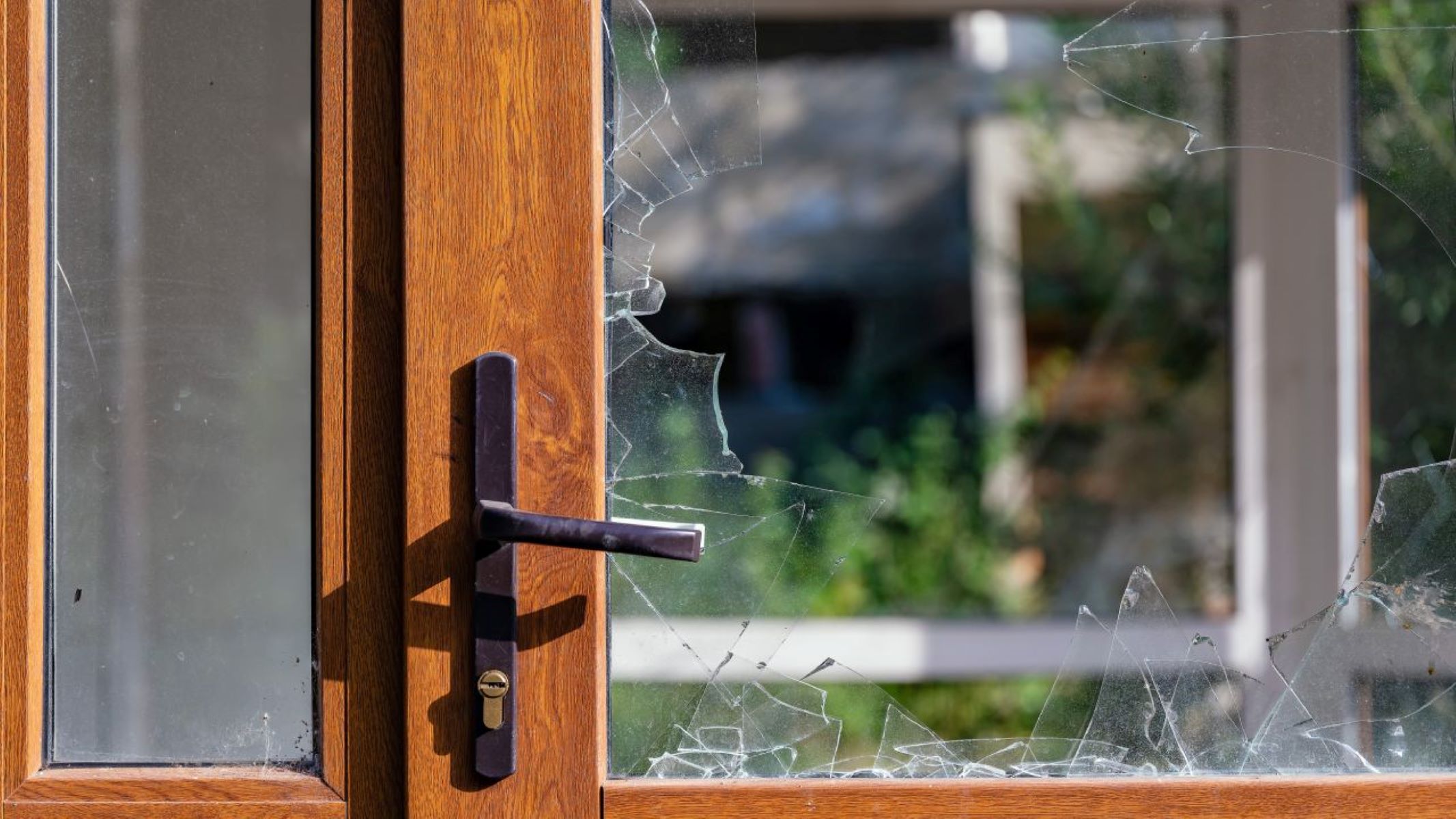
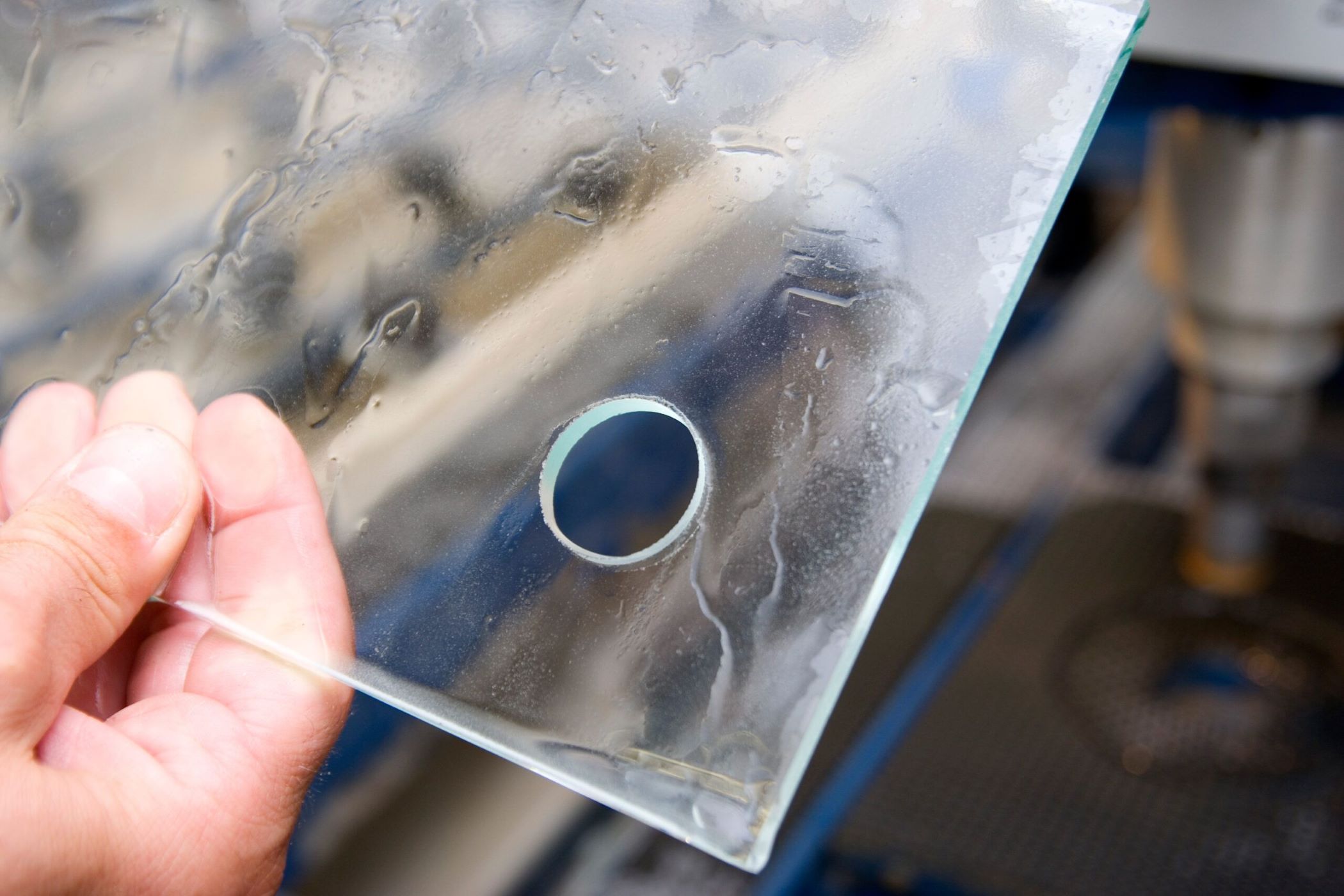
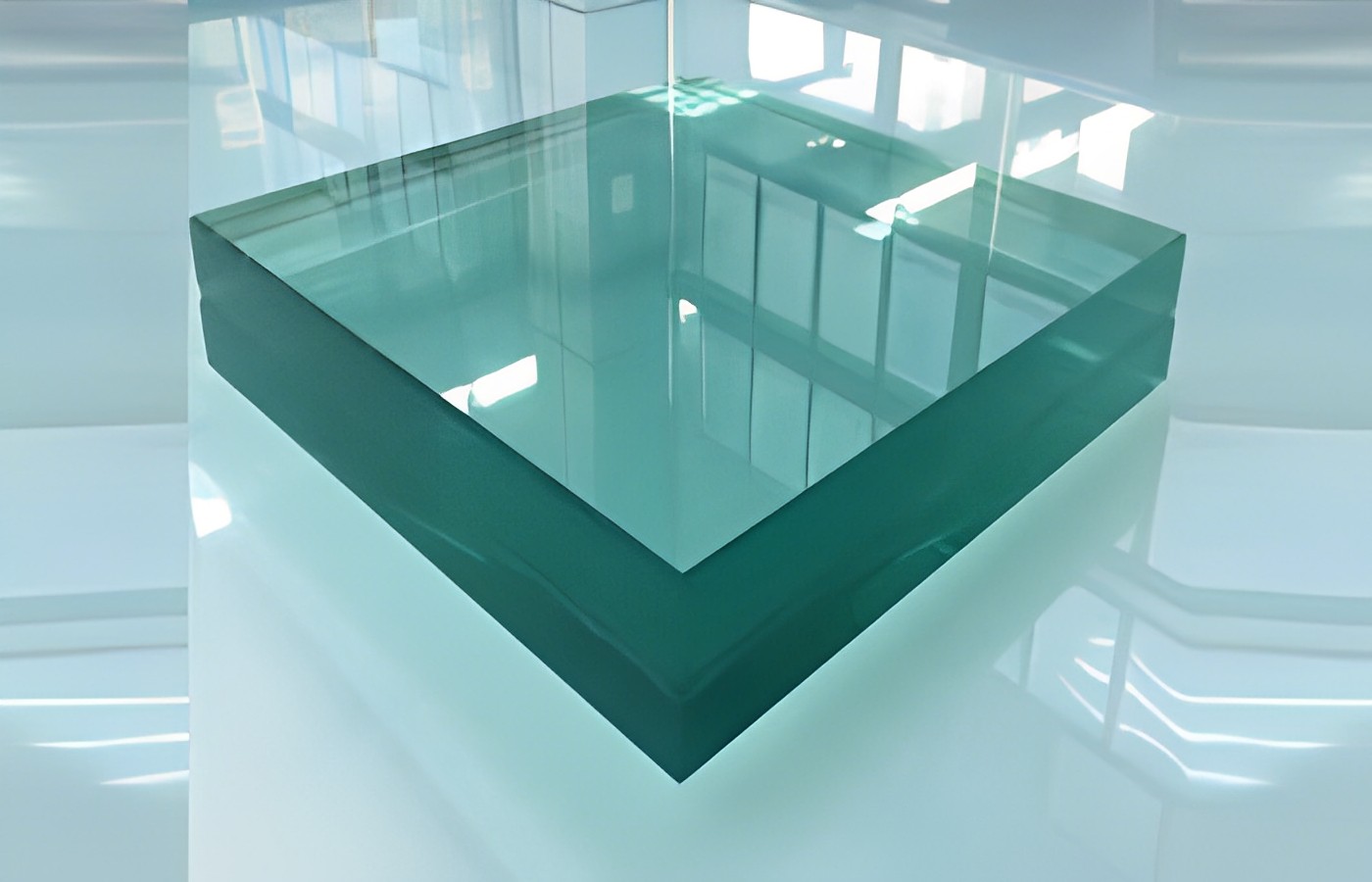
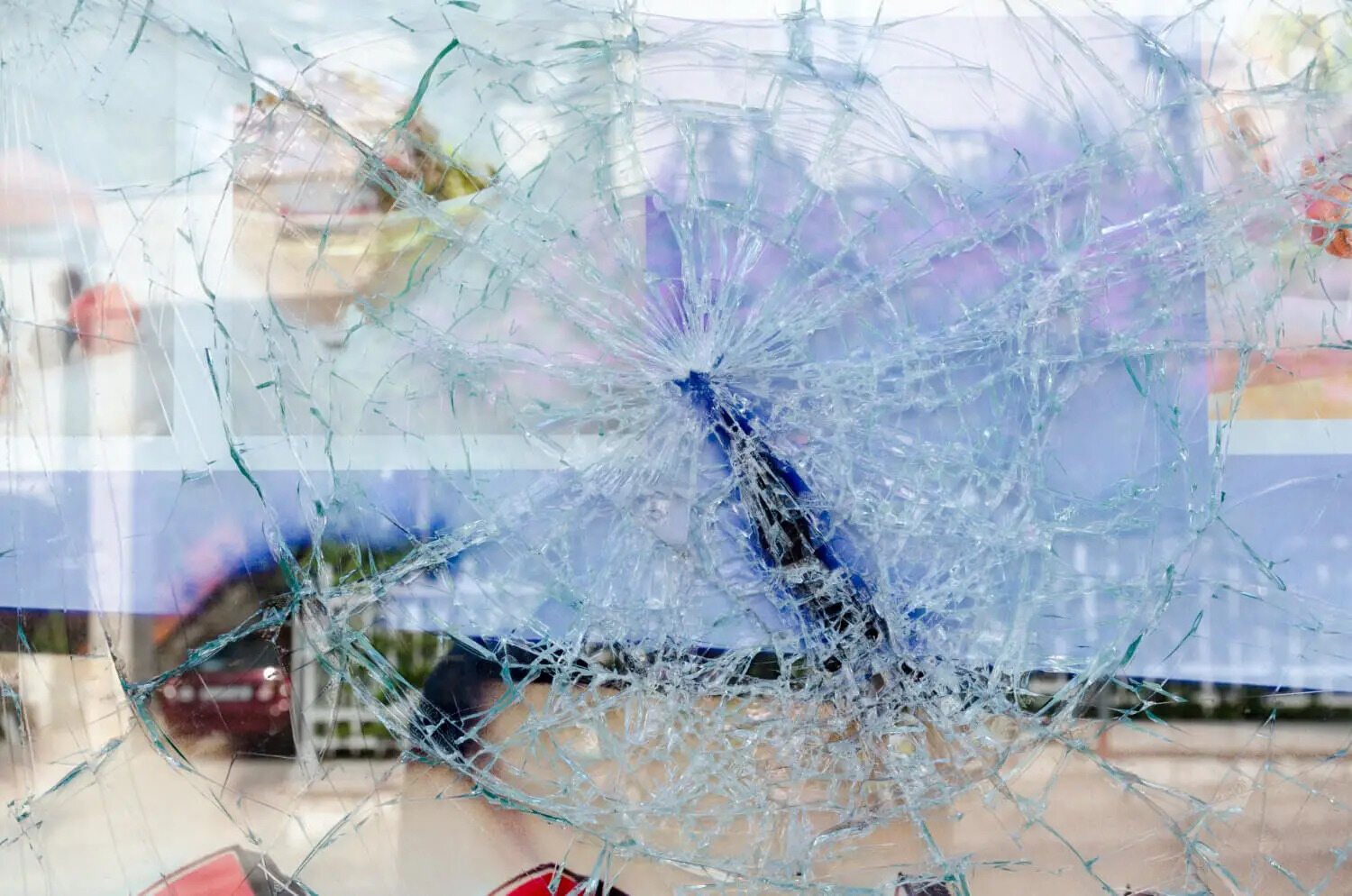
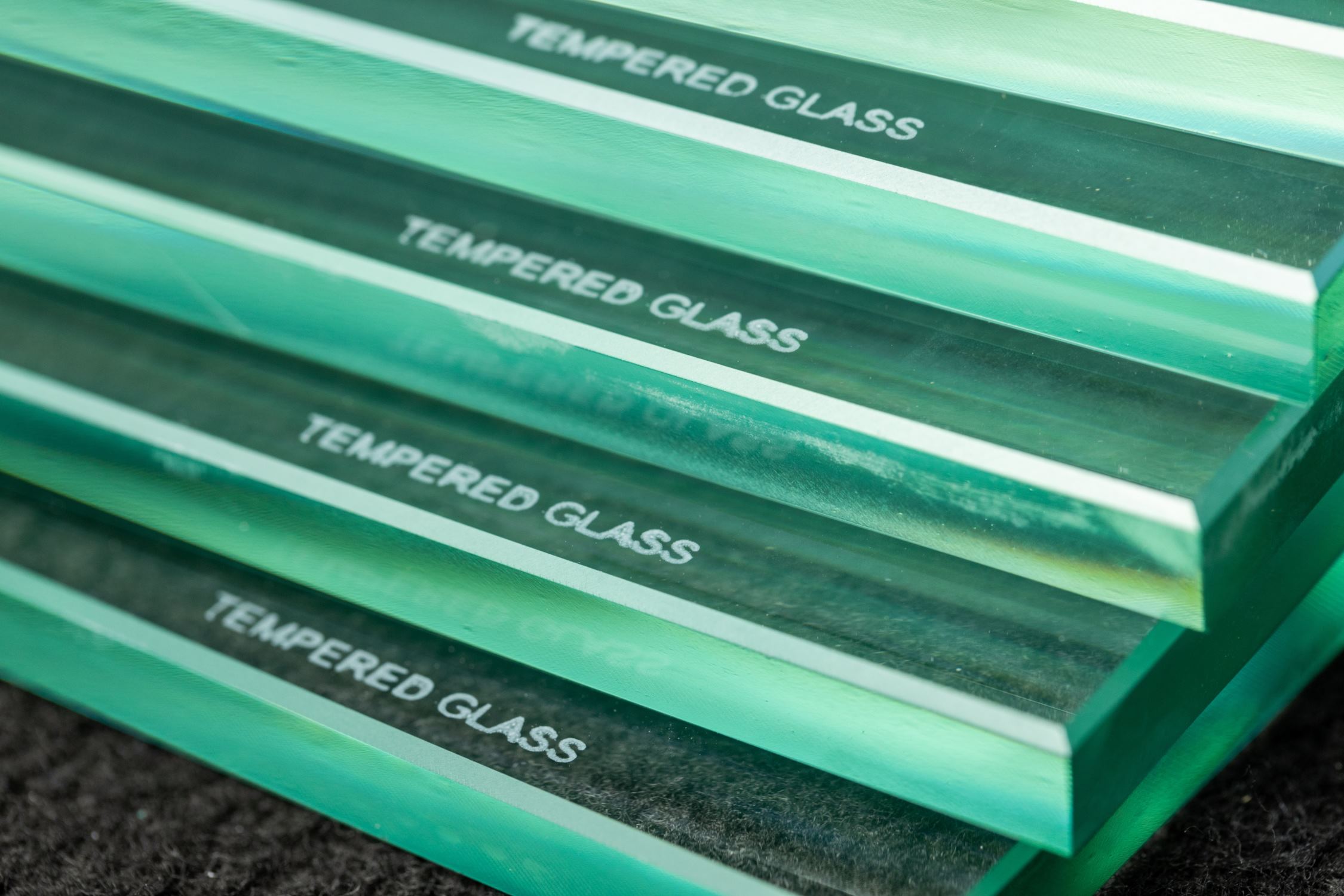
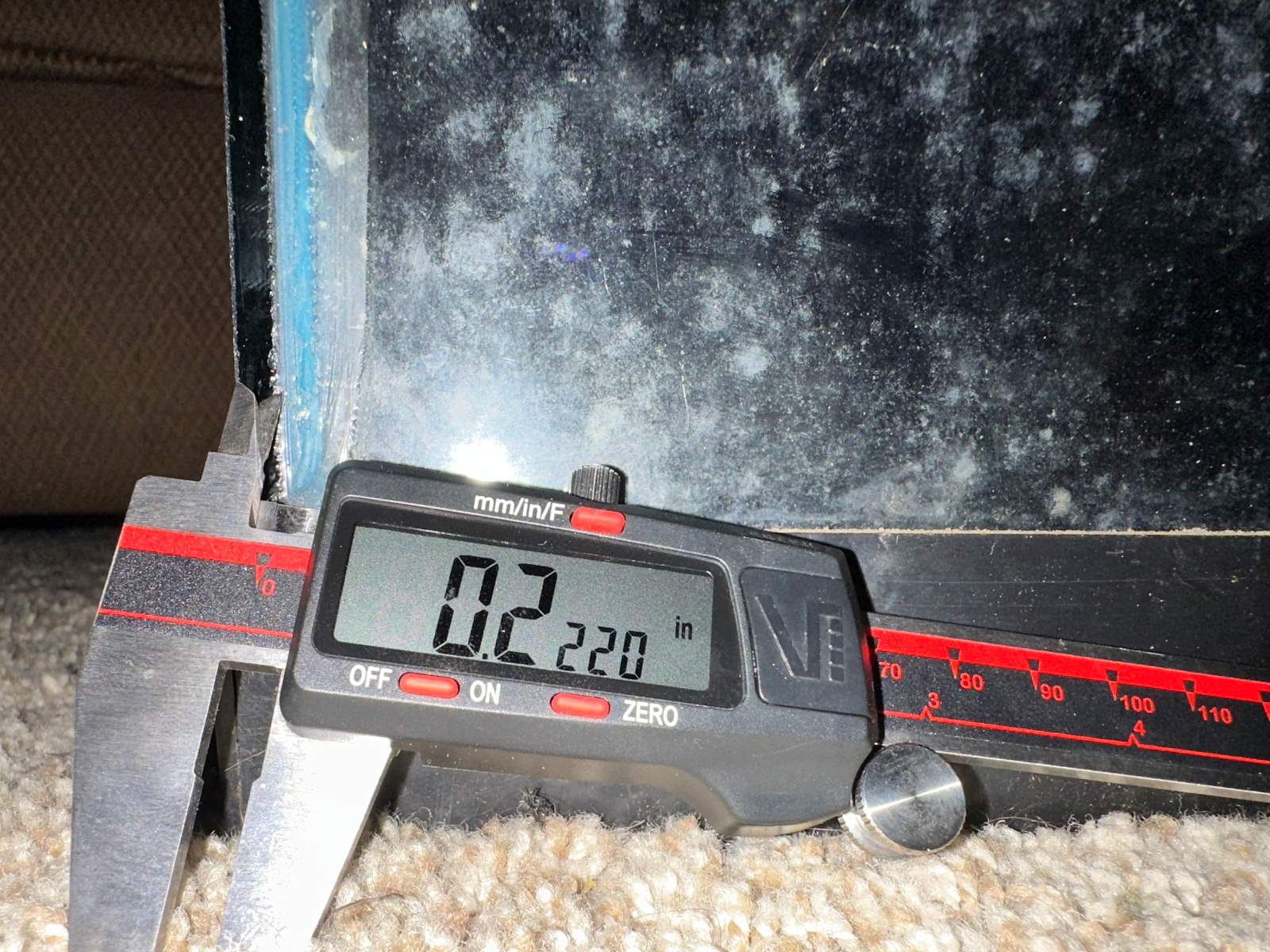



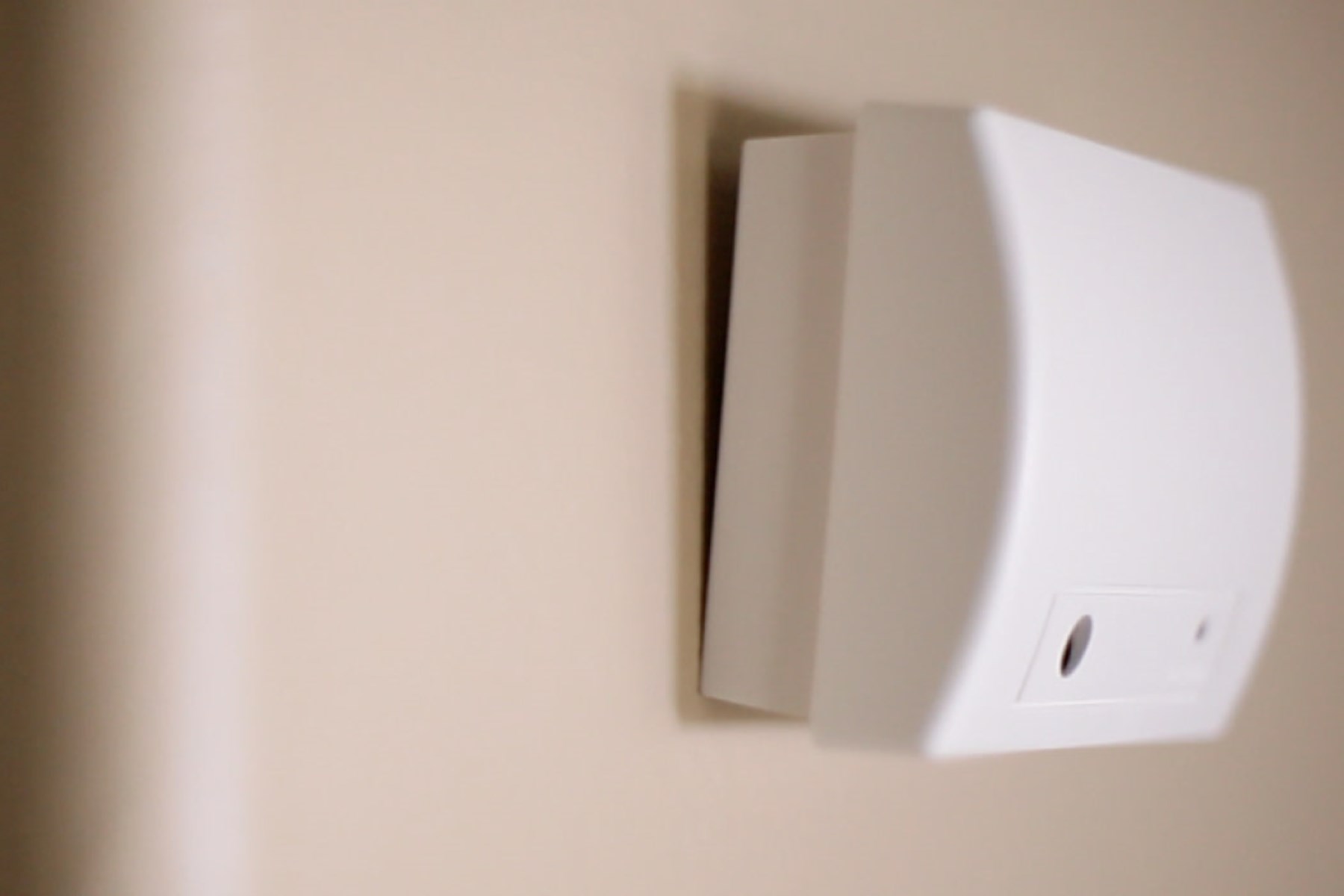

0 thoughts on “How To Break Thick Glass”